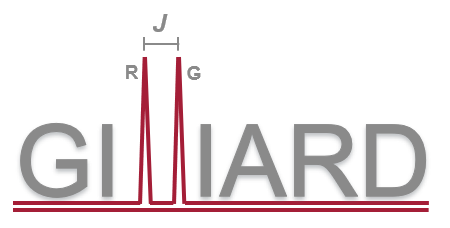Polycyclic aromatic hydrocarbon (PAH) materials are well-known as molecular vehicles for energy conversion and storage (e.g., sensors, electronics, solar energy). Our group seeks to understand the impact main-group heteroatoms have on traditional organic PAH materials. Boron, possessing an empty pz orbital, facilitates facile electronic structure modulation, leading to properties that are vastly different from their all-carbon analogues. Redox-active radicals possess energetically accessible electrons and are key compounds in charge transport and storage (e.g., batteries). While neutral, boron-doped PAHs are common, reduced complexes are rare, and we recently isolated stable borafluorene radicals and anions. We are also investigating these reduced boron-centered molecules as chemical synthons for the activation of a range of small gas molecules (e.g., CO2, CO, and H2). In addition to our work with single-site boron compounds, we are currently investigating the optical and electronic properties of PAHs with extended conjugated networks, including nanographenes and linear acenes (e.g., bora-tetracenes and -pentacenes).
